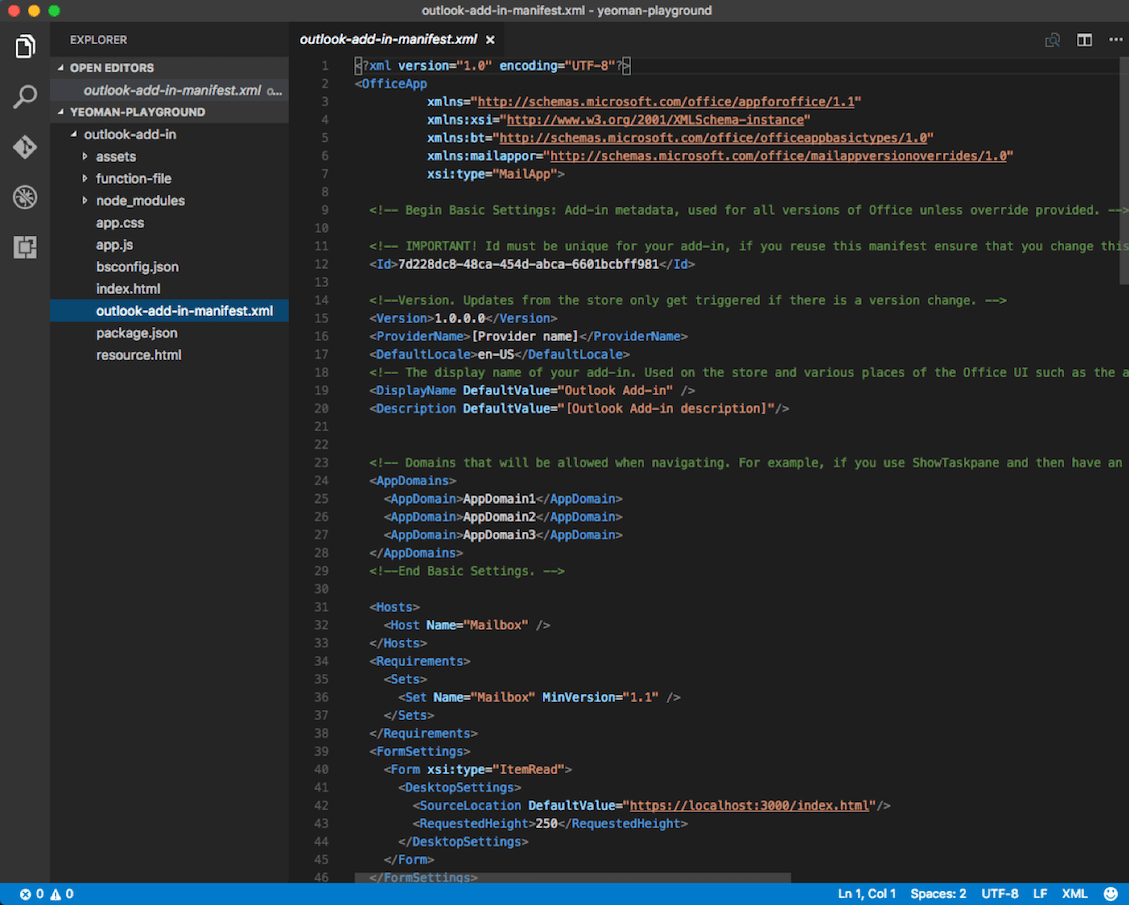

Implementation wise http.client is a struct type which accepts an optional Timeout property of type time.Duration, which defines limit for when request starts till response body is flushed.

This will act as a foundation to the two components that come next. http.client: The http.client timeout is the high level implementation of timeout which encompasses the whole request cycle from Dial to Response Body. Not too bad of a plan right? Establishing the Boilerplate Project Codeīefore we get into the heavy lifting, let’s get a project going with the bare essentials. Instead a process for receiving data will be started and the application will allow for sending of data. There will be no management process because the client should not be managing connections. When starting the application as a client, things are handled a bit differently. To be clear, when I say process I mean goroutine in Golang. go run context-in-http-servers.go & Simulate a client request to /hello, hitting Ctrl+C shortly after starting to signal cancellation. The server will have one management process and then one send and receive process for every connection. For the server, we will listen for connections and when established, the management process will keep track of them in addition to a new send and receive process being started. This management service will keep track of connected clients and queue messages to each of the clients. When we start the server a management process will be started. Let’s figure out at a high level what we’re going to be doing in this application. This chat application will have a server for listening and routing client communications and a client for sending and receiving messages from the server.
Go http client example how to#
We’re going to see how to create a basic chat application using the Go programming language. For example, if you’re developing an online video game, it will likely communicate to the server using TCP sockets rather than websockets. It is often easier or better to use standard TCP network sockets as an alternative. While very useful and simplistic, in many cases websockets won’t be the means for real-time communication between applications. A few months back I wrote about using websockets in a Golang application for communication with an Angular client web application.


 0 kommentar(er)
0 kommentar(er)
